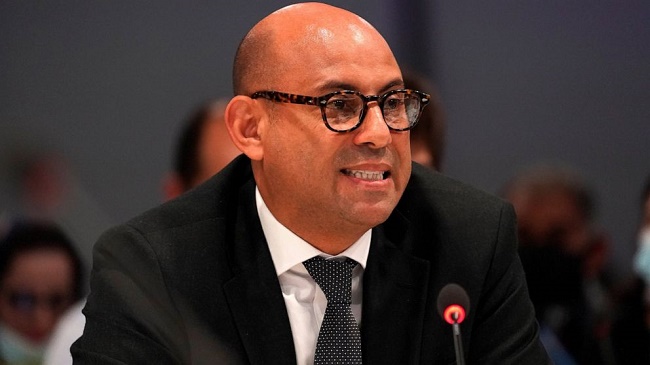The uptake of renewable energy is moving faster and further than projected but radical action is still needed to accelerate the energy transition.

Speaking at the International Renewable Energy Agency (IRENA) Assembly in Abu Dhabi last weekend, Executive Secretary of the United Nations Framework Convention on Climate Change (UNFCCC), Simon Stiell, said the positive outcomes from the November 2022 UN Climate Change Conference COP27 give the world enormous opportunity to make progress, starting now.
“It requires the cooperation of every single country represented in this room,” said Stiell. “All Parties must come together in order to achieve the level of ambition needed to get to where we need to go, and we have a lot of work to do to get there.”
There is reason for optimism when it comes to renewable energy because renewables are moving further and faster than projected. Here are just a few examples:
- Renewable electricity capacity additions have been outpacing those of non-renewables since 2014.
- The International Energy Agency’s (IEA) Renewables Outlook complements this, noting that renewables are set to account for over 90% of global electricity capacity expansion in the next five years and that renewables will become the largest source of global electricity generation by early 2025, surpassing coal.
- In Europe alone, the IEA estimates that the continent’s renewable electricity expansion will double over the 2022-2027 period as energy security concerns add to climate ambitions.
- Worldwide renewable energy employment reached 12.7 million last year, a jump of 700,000 new jobs in one year. Solar energy was found to be the fastest-growing sector. In 2021 it provided 4.3 million jobs, more than a third of the current global renewable workforce.
But there is also reason for frustration. As IRENA pointed out in its submission to the global stocktake, regardless of increased ambition expressed by countries at the last two COPs, current climate pledges and overall finance to support the shift to renewables remains insufficient.
The COP27 cover decision recognized that: “about $4 trillion per year needs to be invested in renewable energy up until 2030 to be able to reach net zero emissions by 2050.”
Stiell pointed to the global stocktake as a pivotal process in 2023 where nations and stakeholders can strengthen their climate plans, and translate that into immediate action with specific policies during the next eight years.
The first stocktake will conclude at COP28 and will help the world assess progress towards achieving the Paris Agreement’s goals, including the goal to limit global warming to 1.5C. Countries and stakeholders will see where they’re collectively making progress – and where they’re not.
“This will be a moment of truth both for the process that we are so engaged in but also a moment of truth for the world,” said Stiell. “And two critical questions are going to be asked, and that is: are we measuring up and are we ratcheting up.”
We generally know how global efforts are measuring up. Global emissions need to be nearly halved by 2030 for the world to stand a chance of achieving the Paris Agreement’s goal to limit global temperature rise to 1.5 degrees Celsius. Transformational adaptation is also needed to help communities cope with already occurring climate impacts.
In contrast, the latest UN Climate Change report shows that while countries are bending the curve of global greenhouse gas emissions downward, the combined climate pledges of 193 Parties under the Paris Agreement could put the world on track for around 2.5 degrees Celsius of warming by the end of the century.
Ratcheting up is about how every sector and every government throughout the world will use outputs of the stocktake to do more than just inform and update their climate action.
“The global stocktake will be that moment where we set out a roadmap, a blueprint if you like, for action to get us to where we need to be and will enable us to look at every sector, every region, to give political and technical direction,” said Stiell.
He added that what’s needed from the conclusion of the stocktake are specific policies, prescriptions and interventions that serve to correct the course.
“In order for us to generate the momentum that is required, we need concrete plans to come out of this,” said Stiell. “And this will be our greatest challenge throughout the course of this year if we are to land a robust and meaningful global stocktake at the end of this year.”
